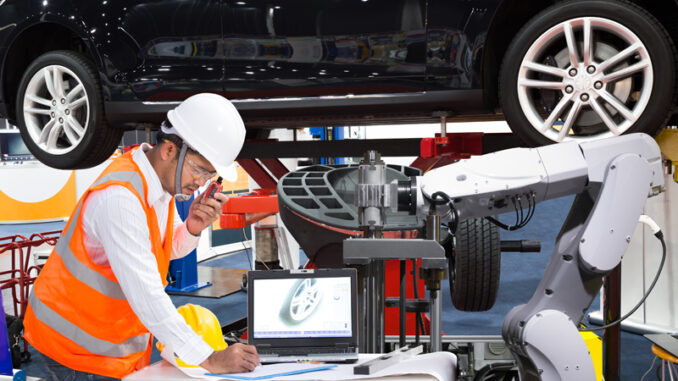
When Congress passed President Biden’s infrastructure package last month, it included a demand for U.S. automakers: find a way to stop drunk people from driving cars. As a result, automakers are developing monitoring systems in cars. These new safety systems could be installed as early as 2026. But the legislation isn’t specific about what exactly the monitoring systems need to be. They could be breathalyzer devices that will automatically disable your vehicle if your blood alcohol level is too high (which is already required of some convicted drunk drivers). Or they could be infrared cameras that monitor your behavior while driving (automakers such as GM, BMW, and Nissan are already installing devices like these). With these cameras, if you show risky behavior such as swerving or drowsiness, the car will slow down and pull to the side of the road automatically.
So, YOU DECIDE: Should cars be required to have anti-drunk driving monitoring devices?
YES
- Drunk driving is a leading cause of death on America’s roadways. According to the National Highway Traffic Safety Administration (NHTSA), roughly ten thousand Americans per year are killed in alcohol-related crashes. That means drunk driving causes nearly 30 percent of all traffic fatalities.
- According to the Insurance Institute for Highway Safety, the widespread use of this technology could reduce roadway deaths by about 9,400 people per year.
- These devices could greatly reduce drunk driving, which will not only save lives, but will also protect first responders, reduce traffic delays, and help with insurance costs.
- Research from the Automotive Coalition for Traffic Safety indicates that about three-fourths of American drivers would be in favor of this technology.
NO
- These devices are impractical. For example, requiring a driver to blow into a breathalyzer tube every time they get into their car would be inconvenient and unpopular.
- Monitoring systems may not be reliable. The Alliance for Automotive Innovation has raised concerns that camera-based monitors are sometimes inaccurate. This could lead to peoples’ cars shutting off even when they are not impaired.
- In the 1970s, safety regulators tried to require that cars not start unless the driver was wearing their seatbelt. This was so unpopular that Congress eliminated it. The same would happen with mandatory monitors.
- It will take years for this technology to become widespread enough to make any difference. Congress has given the NHTSA three years to finalize rules for the technology, and automakers an additional two years to install it.

